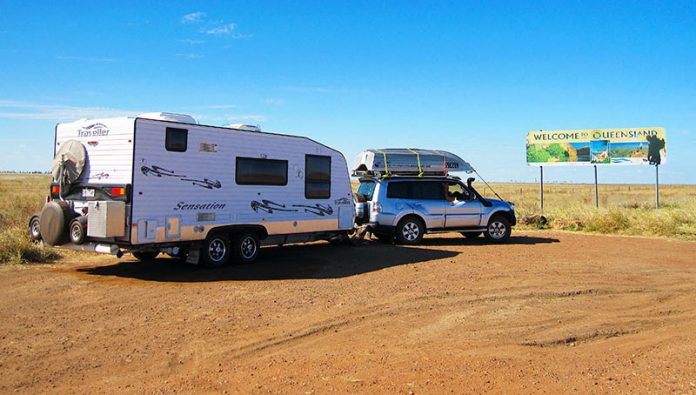Hitting the road to experience the freedom the RV lifestyle offers is a major highlight of owning an RV. But when the trip comes to an end, and you’re unpacked and ready to lock your RV away until the next adventure, there are a few things you can do beforehand to help keep your RV in top condition. Here are 10 of our top caravan storage tips to help you care for your RV when it’s not in use.
1. CARAVAN STORAGE: CLEANING
Take the time to give your caravan/RV a good clean inside, outside and underneath. We like to start by removing all traces of road grime, bugs and mud with a mild detergent. Then it’s just a simple process for the exterior, using a good coat of polish and/or wax to help protect it.
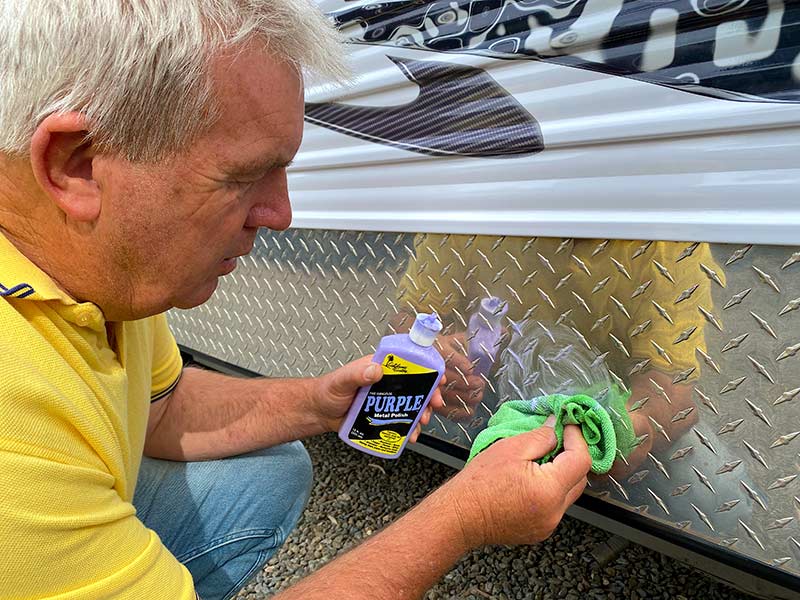 We’ve found a proprietary aluminium cleaning product like Purple is excellent for cleaning RV checkerplate. Natural alternatives, such as orange oil, are also suitable for cleaning your RV’s interior.
We’ve found a proprietary aluminium cleaning product like Purple is excellent for cleaning RV checkerplate. Natural alternatives, such as orange oil, are also suitable for cleaning your RV’s interior.
2. ROOF
While an RV’s roof isn’t the easiest area to reach, it’s important to check a few other things up top besides giving the roof a general clean. Specifically, take a look around the air-conditioner, which can act as a trapping point for leaf litter or debris, and remove anything you come across.
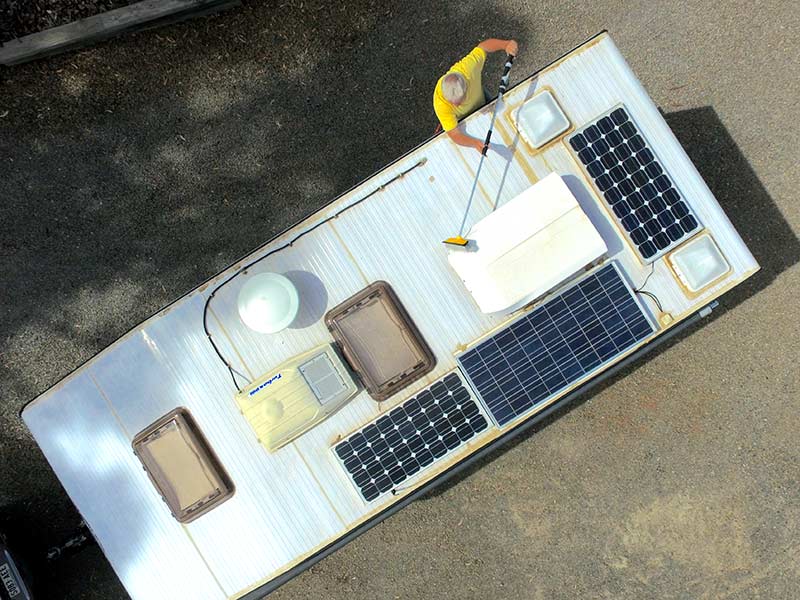 Also inspect the roof for mould, clean the hatches, and give the seals a good wipe over before finishing with a proprietary product to lubricate them. Don’t overlook these areas as they’re entry points for dust and insects.
Also inspect the roof for mould, clean the hatches, and give the seals a good wipe over before finishing with a proprietary product to lubricate them. Don’t overlook these areas as they’re entry points for dust and insects.
Finally, give the TV aerial a once over, and check its instruction manual to see whether it should be lubricated with a bit of grease, lanolin or silicone spray, as they can differ.
3. TYRES
To help reduce the chances of flat spots and cracking on tyre walls, we like to inflate our RV’s tyres to their maximum pressure before storing. It’s also a good idea to position the van with the stabiliser legs lowered and the tyre walls covered. This technique helps protect them from the sun’s UV if your RV is being stored outside.
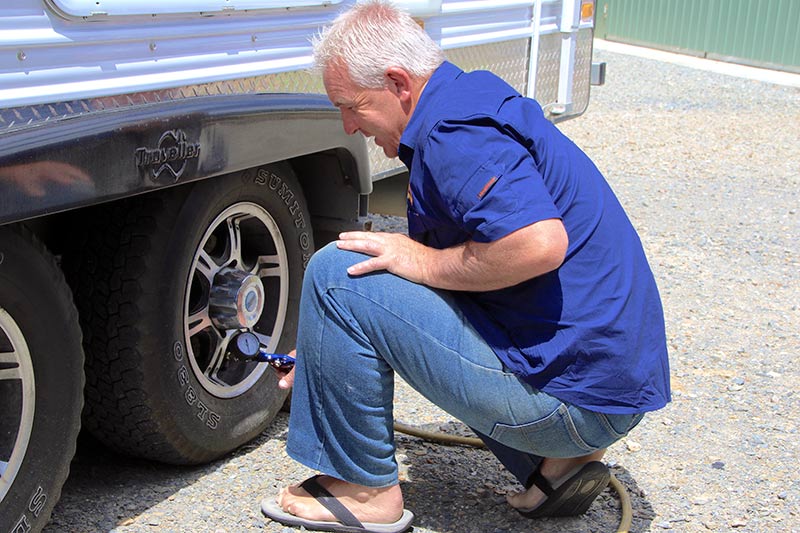 Additionally, we periodically try to reposition the wheels so they’re not always on the same spot. An ideal situation would be to jack up the RV and place it on stands, but this method isn’t always possible.
Additionally, we periodically try to reposition the wheels so they’re not always on the same spot. An ideal situation would be to jack up the RV and place it on stands, but this method isn’t always possible.
4. WATER TANKS
There are many schools of thought on how to leave water tanks when storing your RV. One option is to add a tank cleaning solution on the way home from your trip. Simply allow it to slosh around to clean the tanks which you then drain completely upon arriving home. It’s okay to leave the tanks empty until you’re ready to take off again.
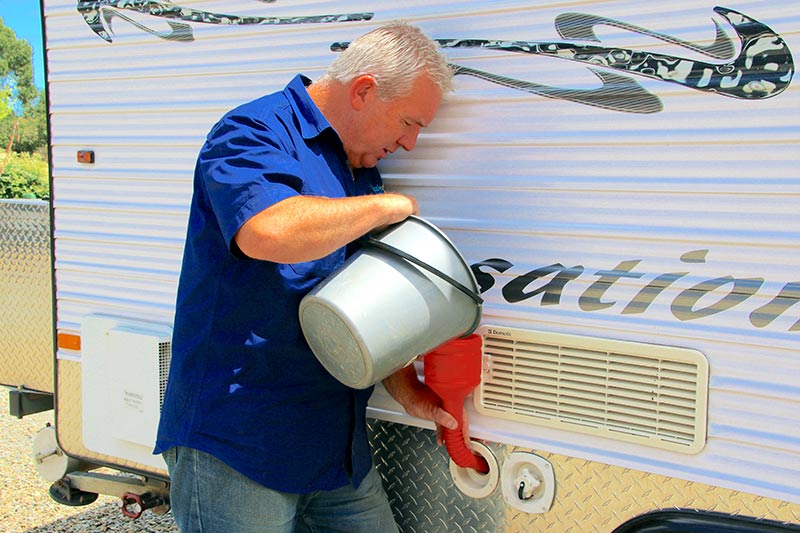 Alternatively, add some bicarb and vanilla to the tank. Slosh it around and top up the tank completely with water until the next time it’s required. Ensure you drain the tank and refill it before travelling.
Alternatively, add some bicarb and vanilla to the tank. Slosh it around and top up the tank completely with water until the next time it’s required. Ensure you drain the tank and refill it before travelling.
Both of these options work; the aim here is you’re trying to prevent micro-organisms from growing inside your tanks.
5. WEATHER PROTECTION
Whether you’re storing your RV under cover or using a proprietary RV cover, it may still leave parts of your RV exposed to the elements. For exposed surfaces such as chassis rails, the handbrake mechanism and the towbar, use a lanolin-based product that leaves a water-repelling coating to help protect these parts.
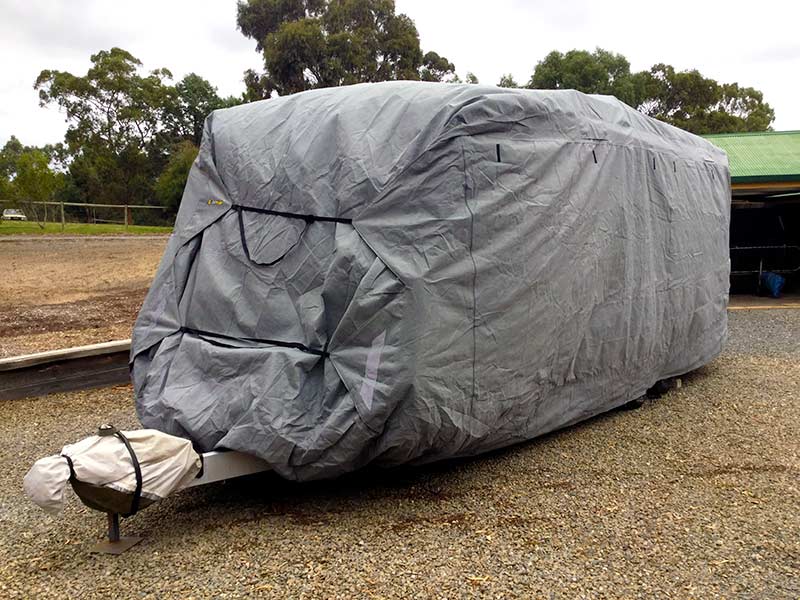 Also ensure your RV is completely dry before placing a cover over it, as any residual moisture creates the perfect conditions for mould to form.
Also ensure your RV is completely dry before placing a cover over it, as any residual moisture creates the perfect conditions for mould to form.
6. PESTS
Nobody wants to find something else has set up home in their RV while it’s being stored, so don’t underestimate creepy crawlies. Start by making every effort to eliminate any traces of food from your RV before it goes into storage to deter unwanted pests.
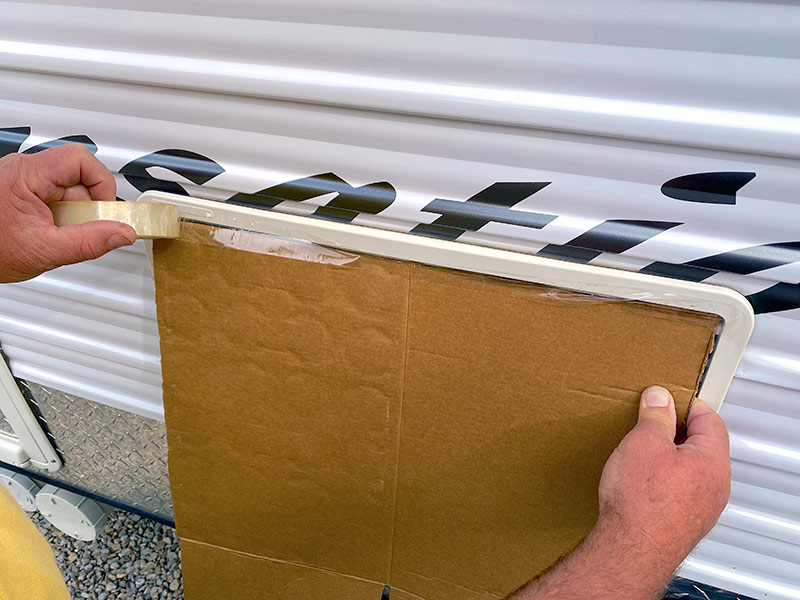
Another deterrent is sprinkling a powder-based product around the jockey wheel and stabiliser legs to help keep the pests at bay.
7. INTERNAL
Besides giving the RV’s exterior some TLC before going into storage, there are a few things you can do inside.
Begin by giving the fridge a thorough clean using a mild detergent and a few drops of vanilla to neutralise smells. In the bathroom, we like to use a citrus-based product for removing any soap scum, cleaning the toilet, and for wiping over all benchtops and the cooktop.
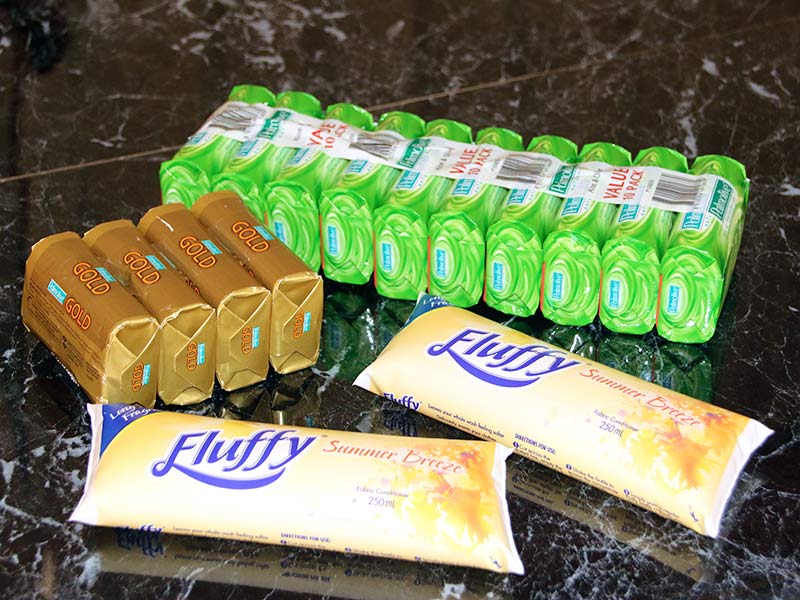 Moisture absorbers that soak up moisture in your RV are an excellent way to prevent mould and mildew and are readily available at supermarkets.
Moisture absorbers that soak up moisture in your RV are an excellent way to prevent mould and mildew and are readily available at supermarkets.
Finish the inside clean with some packets of soaps and satchels of fabric softener that you scatter around the RV. It’s a very cost-effective way to keep an RV smelling fresh while it’s all locked up.
8. SECURITY
Any RV that’s not being used can be a perfect target for would-be thieves. The idea here is to implement as many deterrents as possible, so the last thing you want to do is rely only on one lock as a solution.
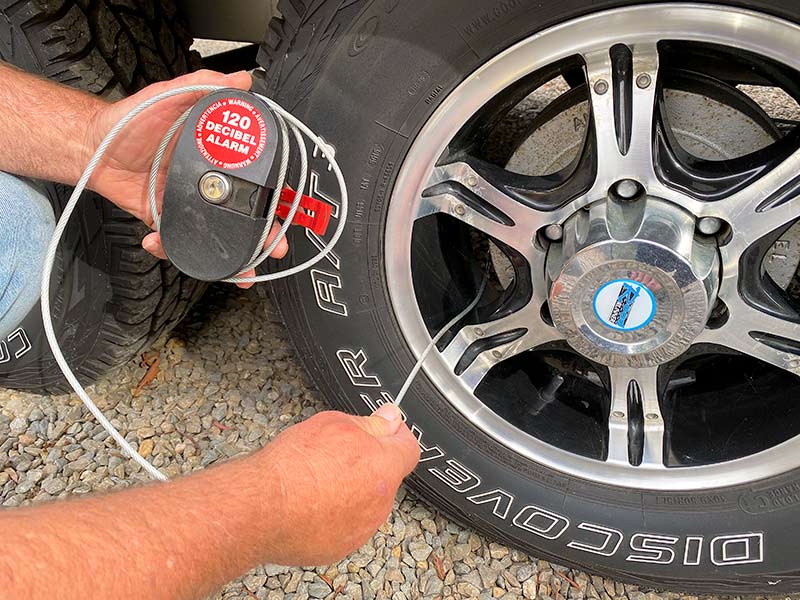 There are all sorts of security options available, of varying cost, so it pays to do some homework to see what will suit you. Options include wheel clamps, chains and a wide range of coupling locks. But portable security systems are also another popular option as they’re an effective method for preventing your RV being a thief’s next target.
There are all sorts of security options available, of varying cost, so it pays to do some homework to see what will suit you. Options include wheel clamps, chains and a wide range of coupling locks. But portable security systems are also another popular option as they’re an effective method for preventing your RV being a thief’s next target.
9. BATTERIES
An RV that’s stored outside in the sun with solar up top is one way to help keep batteries topped up. Although it’s an effective option, you can’t rely solely on this method, especially on cloudy days.
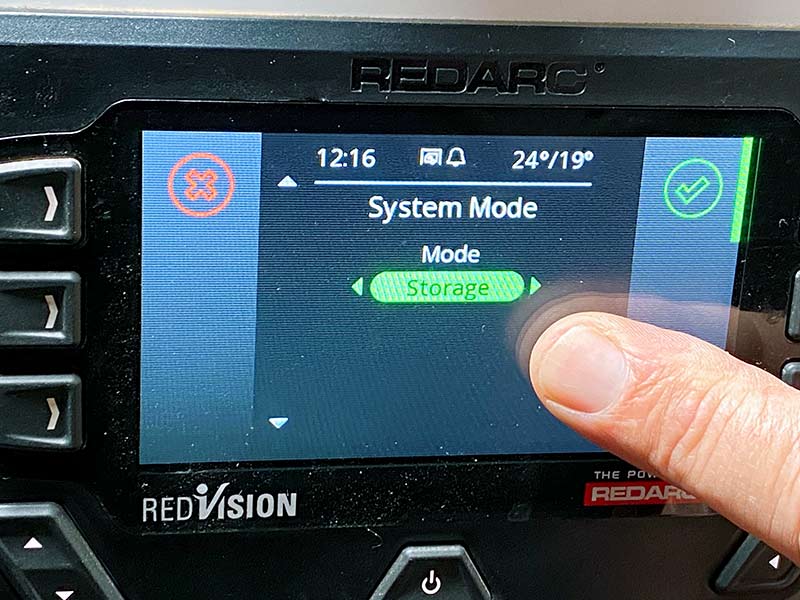 Alternatively, if your RV has a battery management system (BMS) with a storage function, switch it to this mode while your RV is connected to 240V power. The BMS will disconnect power to your RV’s appliances, but will continue to keep the batteries topped up.
Alternatively, if your RV has a battery management system (BMS) with a storage function, switch it to this mode while your RV is connected to 240V power. The BMS will disconnect power to your RV’s appliances, but will continue to keep the batteries topped up.
But all isn’t lost if you don’t have a BMS. Another option is to fully charge the batteries before disconnecting them entirely. What we’re saying here is you’ll need to disconnect the battery leads so there’s no drain. Mark the date they were disconnected on a calendar and check the battery levels again on a monthly basis.
As batteries can have a small amount of residual leakage just sitting on the shelf, you should periodically recharge them as necessary.
10. SERVICE
When we mention service, we’re not talking about a full-blown major one, which should be conducted periodically. The thinking here is to put your van away so the next time you pull it out, you only need to add some food and clothes before hitching up and taking off.
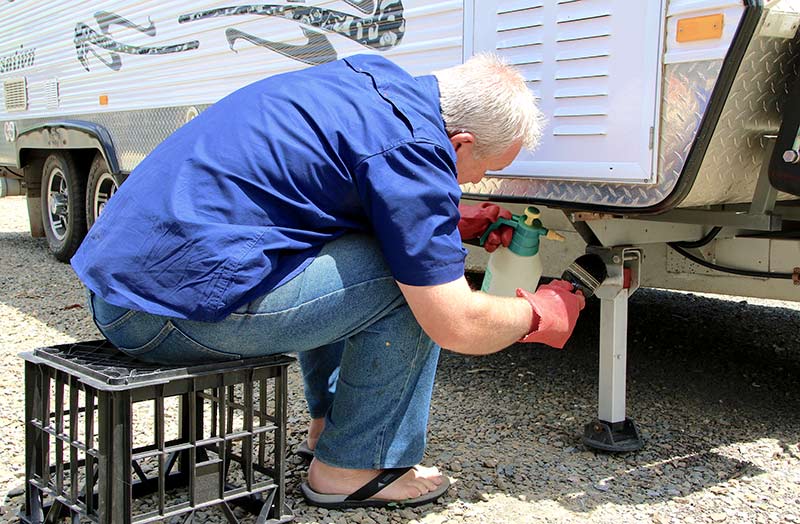 The types of things you can address before your RV goes into storage are areas that need a bit of grease. Things like the suspension arms, springs, the coupling, and stabiliser legs. Another area to pay particular attention to is wind-out windows which can become stuck over time.
The types of things you can address before your RV goes into storage are areas that need a bit of grease. Things like the suspension arms, springs, the coupling, and stabiliser legs. Another area to pay particular attention to is wind-out windows which can become stuck over time.
Start by fully opening them and giving them a clean. Then use some dry lubricant or a quick spray of silicone on the seals. This sees your windows are left in serviceable condition and will work when required.
Also check that window screens are still in good condition and intact. But before completely walking away from your RV, do a quick walk-around to ensure all lights and indicators work and are in good condition.
SUMMING UP
Getting into the habit and spending that all-important time on your RV before storing it means you’ll be leaving it in the best condition possible so it’s ready and waiting to be hitched up for that next trip. And who doesn’t look forward to that?


